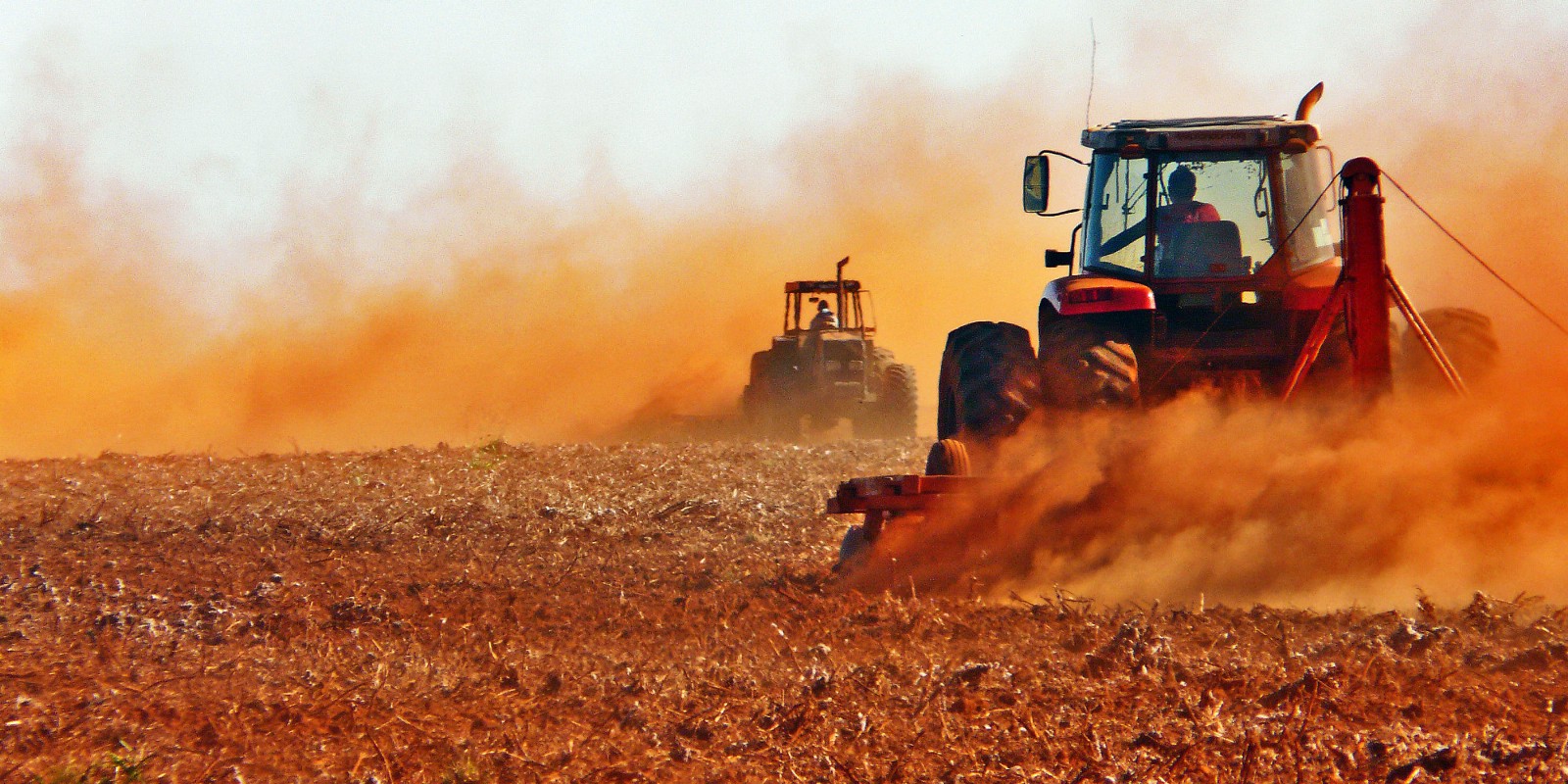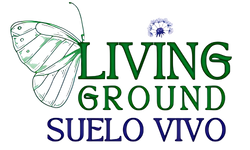
The most common conception of corruption is the theft of public money through unscrupulous methods. However, there are many other ways to deceive the public and one of the most notorious is the promotion of industrial chemical agriculture.
Most people in Ecuador, visitors and residents believe that the food is natural and therefore organic. Nothing could be further from the truth. Only 0.3% of the 14 million agricultural hectares are certified organic. That means that those farms have to conform to a rigid process of certification. In the U.S., by the way, the Federal Department of Agriculture allows farmers to use pesticides and still be considered organic.
There are rural campesinos that do not use excessive nitrogen and pesticides, but they are very few and many of them do not follow acceptable practices of not using fresh manure to fertilize plants.
The reality is that almost all farmers, with a few exceptions, are controlled by an industry that has zero interest in the quality or nutritional quantity of the food.
The Big 6 becomes the Big 3
Last year there were the Big 6 and today there are only the Big 3. Bayer bought Monsanto, DOW and DuPont merged and ChemChina bought Syngenta. They combine for about $375 billion in sales in a $450 billion market worldwide of chemical and biological amendments in agriculture.
The concentration of capital is due to over-production and increased competition at a time when farmers are beginning to reject chemicals. India is the best example with the hundreds of suicides due to destroyed families from high costs of the chemicals and lost production. The chemical industry is now switching to biologic products. That may appear to be good but it is not because it follows the same philosophy, but with a different product. I will explain in a minute.
Small farmers are hurt by ag-industry practices too.
The results from the intensive approach from the chemical ag-industry in Ecuador are devastating. They now control the entire university system, so that any agricultural engineer in the country gets almost no training in soil microbiology. There is absolutely no focus on true food nutrition and what used to be a sovereign food system — that is now as foreign as the salchipapas are to the traditional diet.
The excessive use of urea that is freely distributed by the government through the Ministerio de Agricultura Y Ganadería (MAGAP) is the prime reason for toxic watershed system which causes cancer in humans and animals alike and can only be filtered out with active carbons filtering.
The soils are loaded with salts from the excessive use of chemicals and fertilizers which requires the excessive use of irrigation and increasing erosion everywhere. Ecuador has lost between 20 and 40% of the organic material that normally occupies the top 10 inches of soil. The constant tillage to increase production has freed millions of tons of carbon normally sequestered in the soil upon which the bacteria and fungus use for 50% of their diet, not to mention the destruction of the mycorrhiza and bacterial species that have existed or millions of years.
The UN report on Trade and Commerce published in 2013, “Wake Up Before It Is Too Late” pointed out that the largest contributor to global warming and the green-house effect is industrial agriculture which accounts for 71% of all carbon in the atmosphere. In Ecuador, that means increased flooding on the coast and loss of glaciers and the eventual evaporation of the original 235 glacial lakes in the Cajas Mountains, west of Cuenca.
The impact on health
The worst impact is on health. There are over 450 chemicals that make up the more than 9,000 pesticide compounds that have been directly attributed to non-infectious disease and are now in epidemic form. These include 35 cancers of which 3% of occur in children, as well as other childhood diseases including autism, type 1 diabetes. In the general population, allergies, asthma, depression, Parkinson, Alzheimer’s, metabolic syndrome problems, depression, sexual reproduction, etc., are also on the increase.
The average life span in Ecuador is going down, the use of pharmaceutical drugs is going up and farmers under pressure to increase production are using more chemicals.
The proposal from the former president Correa and current vice president Glas to use transgenic (GMO) seeds is nothing more than a continued policy of chemical additives with a punch that will permanently make glyphosate as natural as DDT until the world rejected it.
The only reason to use GMO is to make money for the multinational companies. The effects of the GMO are absolutely astounding and incredibly horrendous to the entire population. The introduction of any seeds will destroy whatever native population that existed before in short order as a result of cross pollination. The seed producers own patents and have the right to take over any production if the seed was not purchased from the manufacturer. Over 80% of all GMO is packaged with glyphosate which means that pregnant women who consume food produced with that GMO seeds will have glyphosate in their blood during and lactating milk which will then be fed to their children.
The combined effect of the intensive chemicals in the agricultural industry and GMO products has literally destroyed any semblance of a healthy population and the source of food for the future, the soil.
Is this not a corrupt industry?
Ag industry bio products
Let me go back to an earlier point: biological products. Let’s start with a simple lesson in plant development.
Plant development depends on photosynthesis, which uses solar energy to combine with carbon from the air to produce simple proteins, carbohydrates and simple sugars within the plant system. About half of these nutrients are used by the plant for growth and metabolic processes but the rest goes to the roots.
In trees, about 85% of nutrients support the roots while in grasses it is about 35%. Why? The plant releases almost 100,000 phytochemicals called exudates to attract microorganisms, bacteria and fungus. The microorganisms live within 1 to 2 cm. of the roots and are attracted to eat the phyto chemicals. The bacteria and fungus secrete an enzyme that breaks down the crystalline structure of soil aggregates of sand, silt and clay to release minerals in soluble form that eventually gets consumed by the plants.
The plant knows what it needs based on which stage of plant development it is in, such as stalk, branch, leaf, flower and fruit development. How many microorganisms does the plant require? More than a hundred thousand different species in the quantity of many millions of each.
The agricultural industry sells about 5 to10 different microorganisms because it is easy to replicate them. The plant needs hundreds of thousands. What is the problem? The large variety of microorganisms facilitate plant stimulation and the immune system against pests. The limited approach of a few falls short.
In addition and more importantly, humans need between 80-90 trace minerals a day and the only way to get them is if the food comes with a rich variety of minerals and that can only happen with an agriculture that is based on rich microbiology. There is no other way. When people refer to their products being agroecological, they interpret natural use of fertilizer as being organic. It is not. True agroecological production is totally based on the scientific application of microorganisms produced from the very same soil location, not from the US to be used in Ecuador. This is why Denver and Canada could not produce quinoa successfully; same altitude and climate but different soil and microorganisms.
Food produced by microbiological methods will have between 40% and 500% more minerals, antioxidants, vitamins and probiotic bacteria. This is why there is a health crisis. There are a lot of people in Tungurahua, Chimborazo and Bolivar provinces who have thyroid problems. The food they used to eat more than a generation ago that was semi organic had 5 times more iodine than the current food and if they do not buy iodized salt, they are going to have metabolic problems with the thyroid. This is one example of many.
The best example of the benefits of eating organic food is Okinawa, Japan where people live far longer lives than the average by consuming a high organic vegetable diet with a little fish and no meat products. That is another story but the key is the consumption of organic vegetables.
On my farm, we produce a very rich microbiome in the compost that we then use to extract the microbiology and spray the gardens and fruit trees. No pests, no worries with higher production yields. I am working with farmers around the country to advance these techniques through teaching and advocacy.
_________________
Shelly Caref retired to Ecuador after working as an engineer and mid level manager in the high tech industry for multinational companies. He and his wife, Nelly, discovered that using chemicals in agriculture had direct linkages that caused her illnesses, his daughters breast cancer and his granddaughters type 1 diabetes. He began a five year journey of discovery, investigation and experimentation to fully understand what is “biological agriculture” and why it is the only way to produce food. He can be reached at scaref@gmail.com The ebook can be purchased in English at https://www.smashwords.com/books/view/648740
